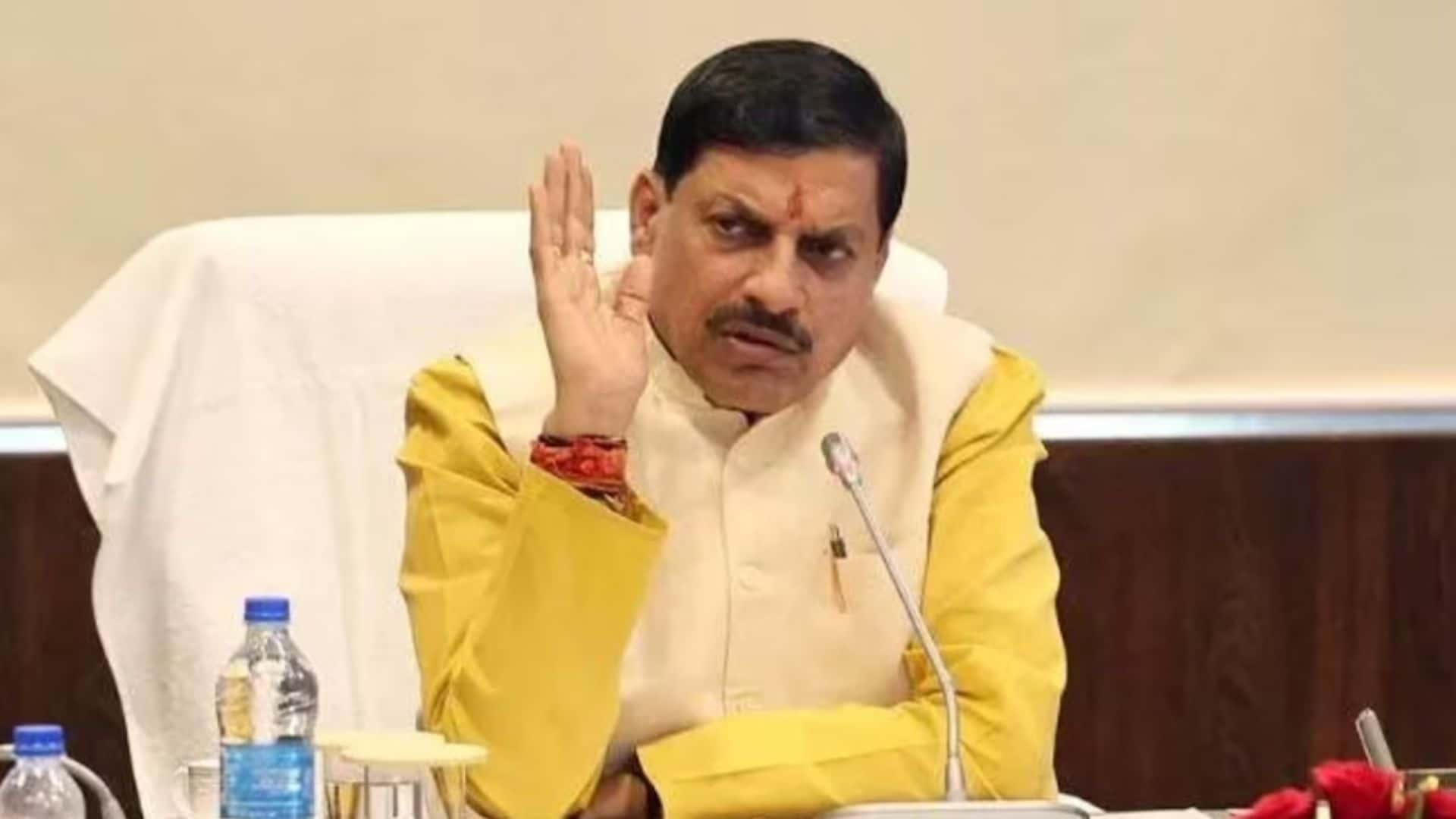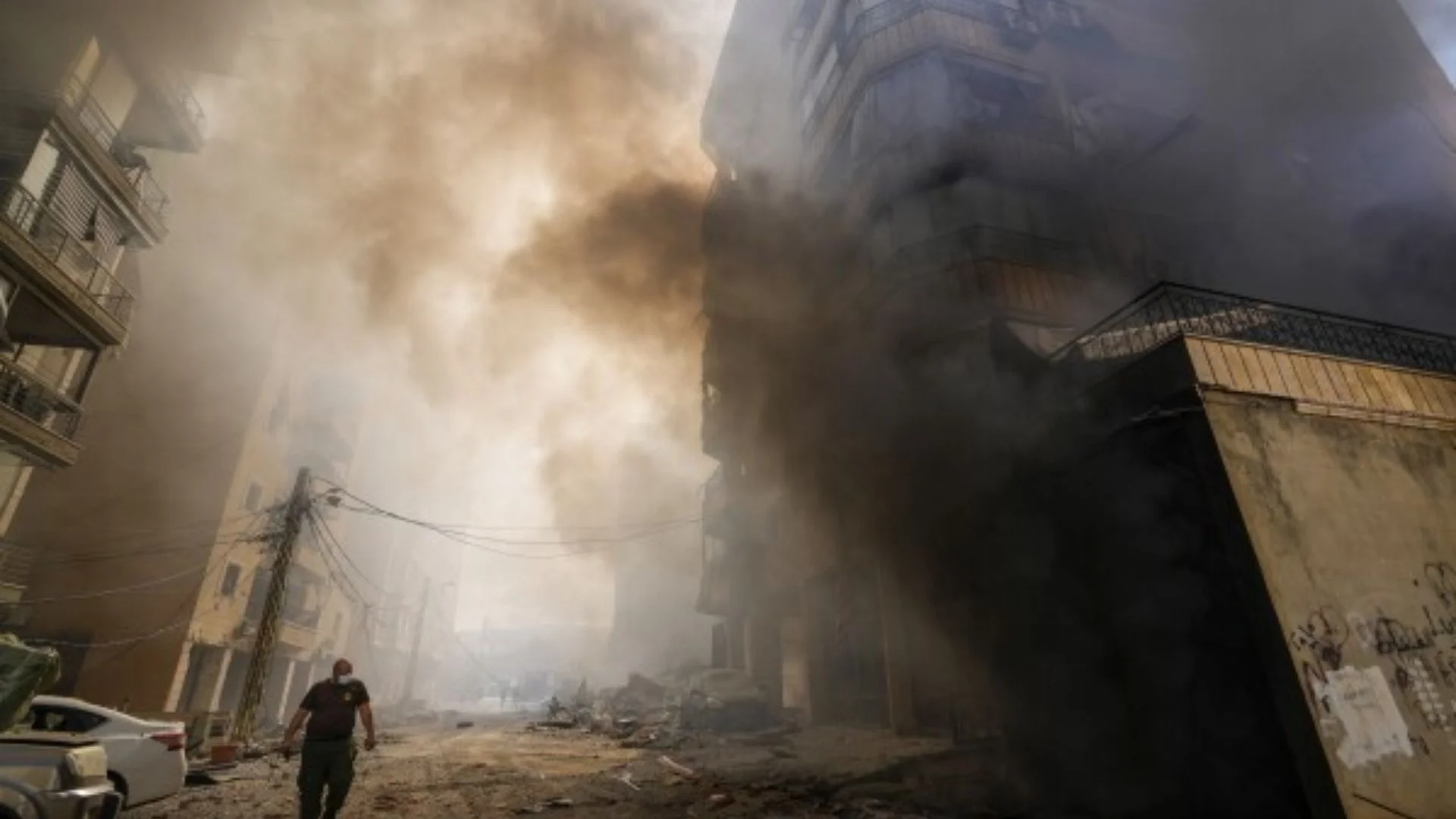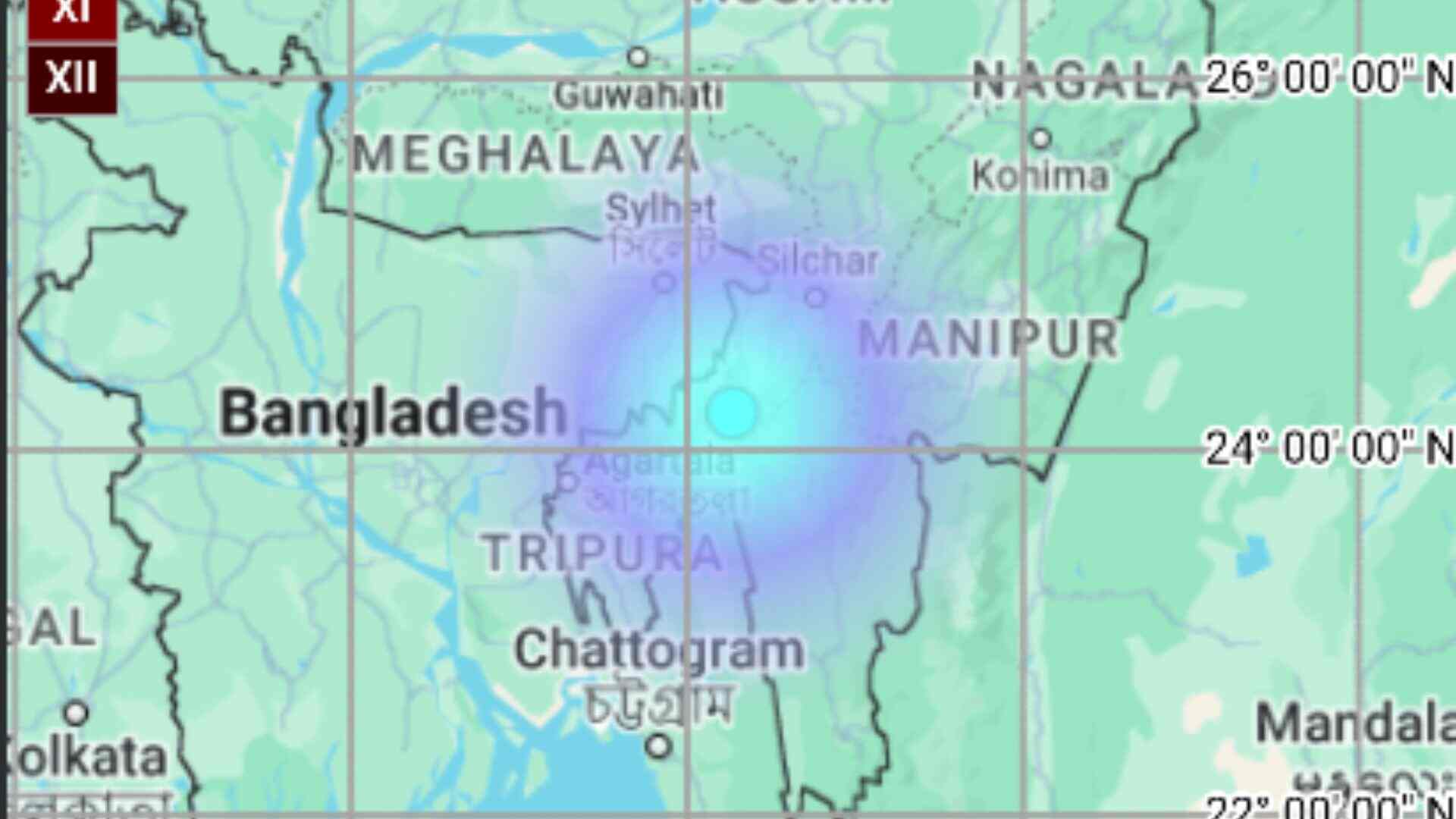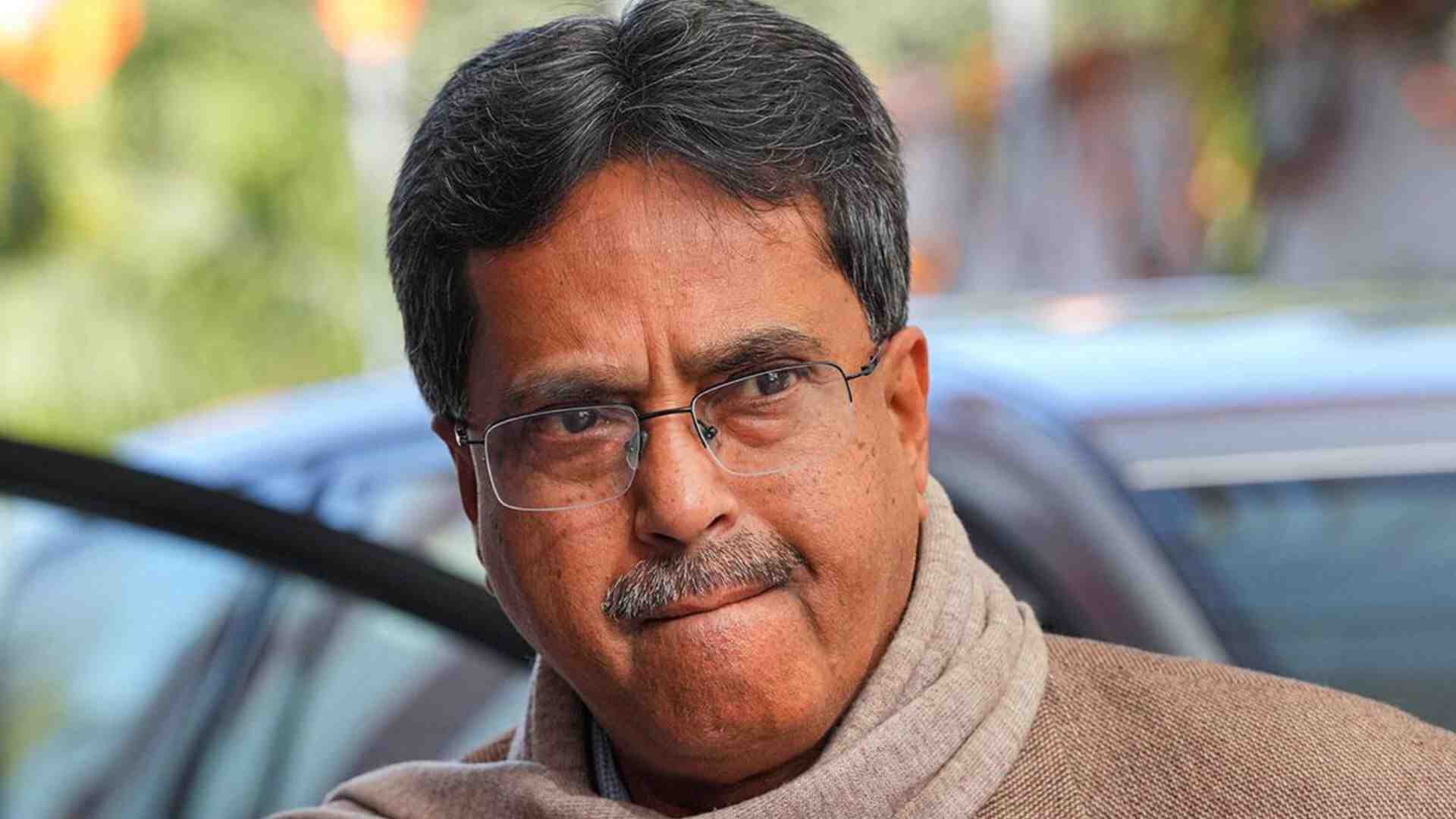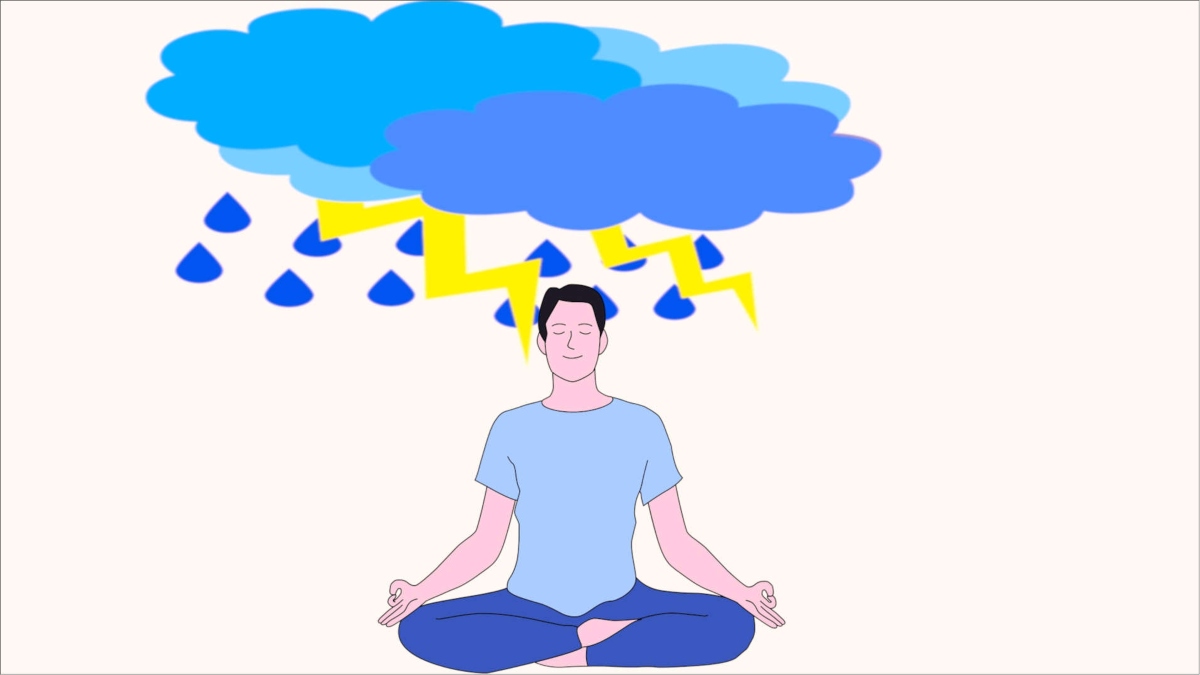
In a world where scenes of calamity seem to be occurring more and more, it may be worth spending a little time reflecting on what is needed from the self, in situations of more than unusual difficulty.
It is often said that the best way to deal with extreme situations, where others around us are panicking and afraid, is to keep a cool head. This is not always easy but there are a couple of approaches that can often help. First, to have an understanding or information about what is going on, and also to maintain an awareness of being an observer. Both are useful and extremely helpful positions for the self and others, at times of crisis. Three situations in which I found myself may illustrate this.
It is probably safe to say that the more one travels around the world, the more ‘opportunities’ there are to be involved in unusual events. I travel a great deal, and I was in another country, where I had been invited to give a talk, strangely enough, titled “Remaining calm in the chaos”—the irony of which was not lost on me as the events unfolded. As is our custom, before giving a public talk there were a few moments of quiet contemplation, after which I began to speak. I had only just begun when the building began to shake, and the walls of the room began to move. As I watched what was happening, I saw that many people began to scream and run out of the room, in varying degrees of panic, but some remained seated. The quake lasted about two minutes (and later I learned it was over 7 on the Richter scale), during which time I simply observed what was happening. However, I was also intrigued that some had remained calmly seated. When the quake had subsided, I asked them why they had not run out, in panic, like the others. They replied that they knew that the building was wooden and that in earthquakes it is quite unlikely that wooden buildings collapse, whereas those of cement and concrete very often do. I realised that my sense of calm certainly came from my practice of meditation, and their sense of calm came from the knowledge they had of the situation.
The second event was in an aeroplane; a 30-seater propeller plane, used for many regional flights in South America. It was extremely windy, and in fact, the flight had already been delayed because of the weather conditions. Eventually, we took off. I was at the front of the plane and the air hostess was seated in her staff seat, facing me. She looked terrified and asked me that if there was any kind of difficulty, would I help her. I said I would. When we came into land, the wind caught the wings of the plane on one side only and tipped it to an alarming angle. Everyone began to quietly panic, pray or cry. The air hostess remained terrified. I told her, ‘Look, the pilot is good, nothing has happened—everything will be fine.’ I remained calm, and on the second attempt, we landed well. I was simply observing what was really happening, not what might or might not happen, and was able to remain calm.
The final story had more disastrous results. It was an eight-hour evening bus journey, again in South America, and most of the passengers were asleep quite soon into the journey. Sometime later, the bus hit a sugar cane truck, at 110 kilometres per hour. It turned over several times and landed upside down in a ditch. I was seated near a window exit and I could hear people screaming and groaning, as many had hit their faces on the seats in front of them because it was before seatbelts were mandatory. I began observing quite calmly what the situation was. People needed help and there was a smell of petrol. I pushed open the window with my feet and went to the front of the bus to find that the driver was already dead. I then went up to the highway to flag down other vehicles and went back to help people get out of the bus. There were seven or eight more fatalities that night.
For most people in situations of extremity, the first feeling is fear. When we practise Rajyoga meditation, the awareness of being a soul and not the body becomes so strong that it greatly diminishes the fear of death. Secondly, we are quickly able to become detached observers and see things as they really are; not what panic, fear and ignorance create. It gives us the ability to remain calm, observe the facts of the situation and have a clear understanding of what to do. At times of calamity, what more could I and those around me need?
Ken O’Donnell is an author and the director of Brahma Kumaris’ services in South America.


